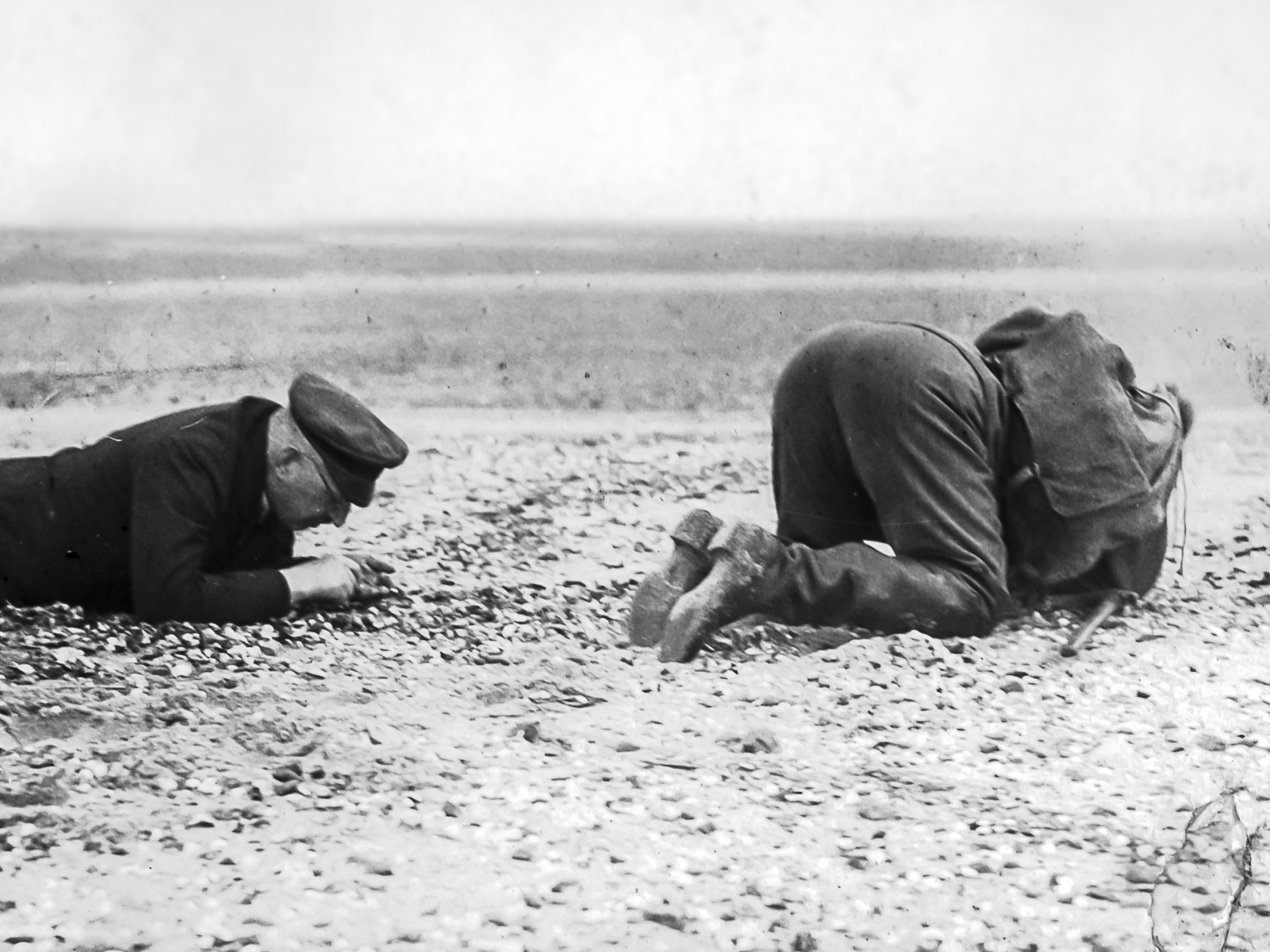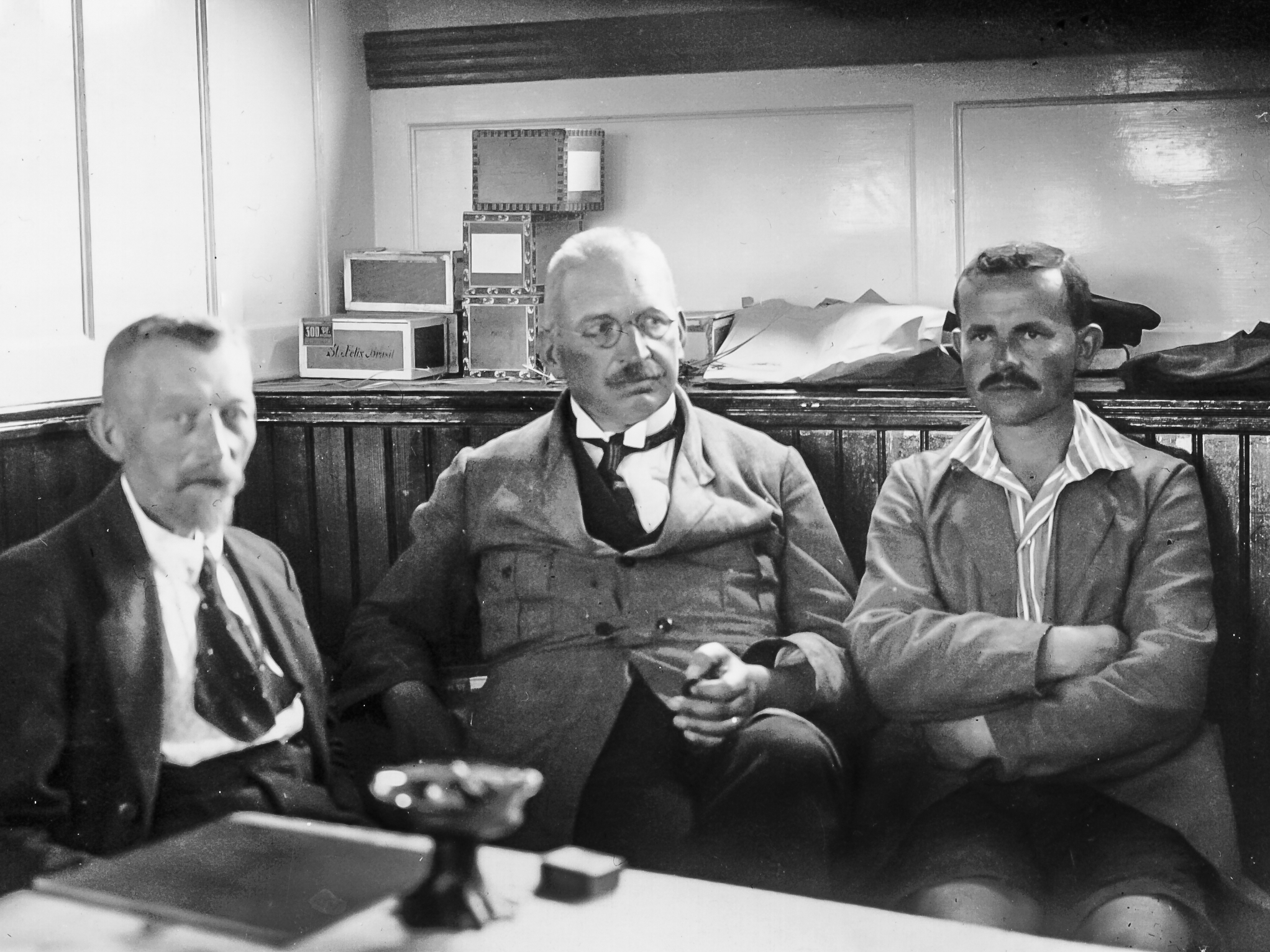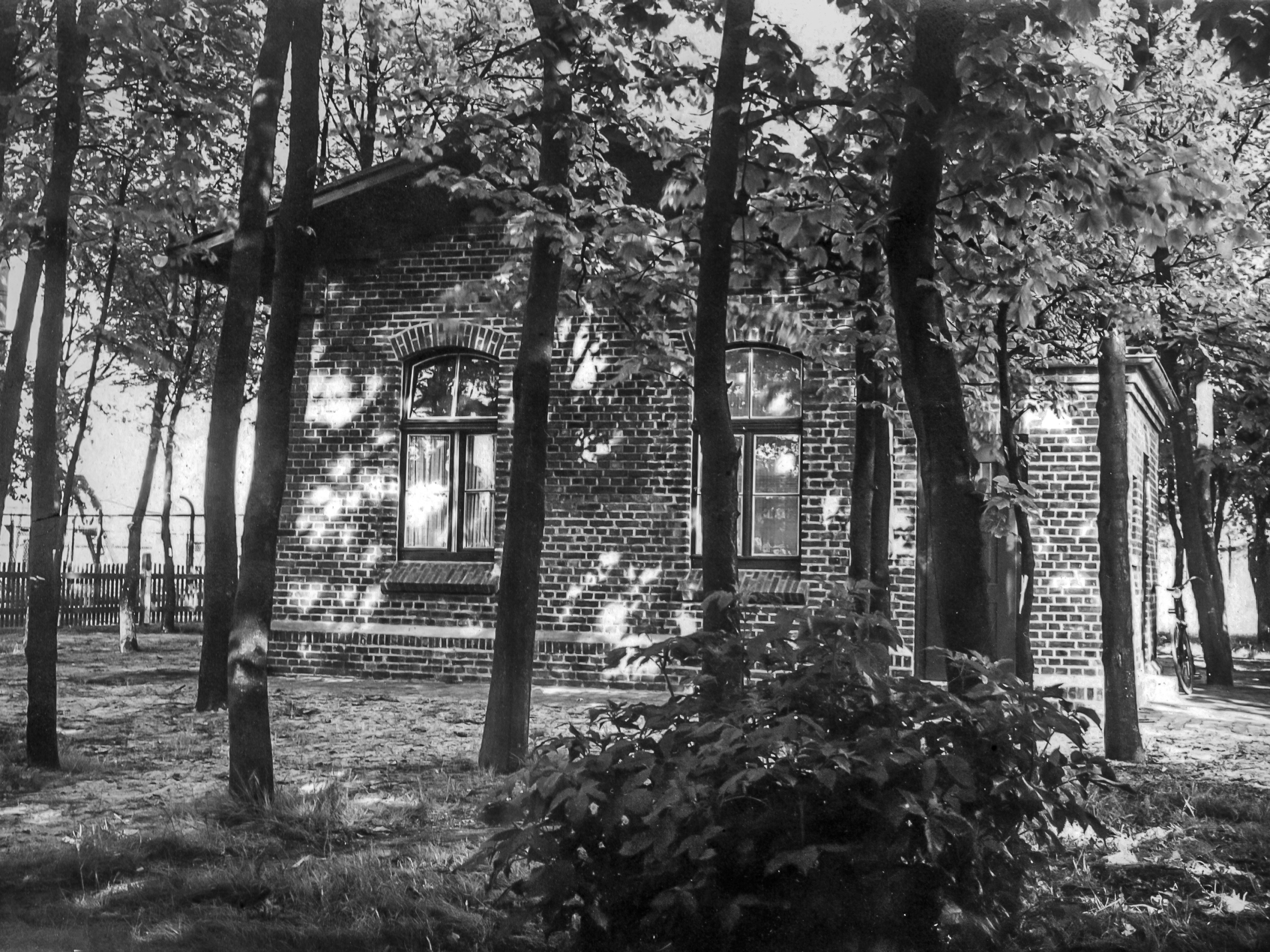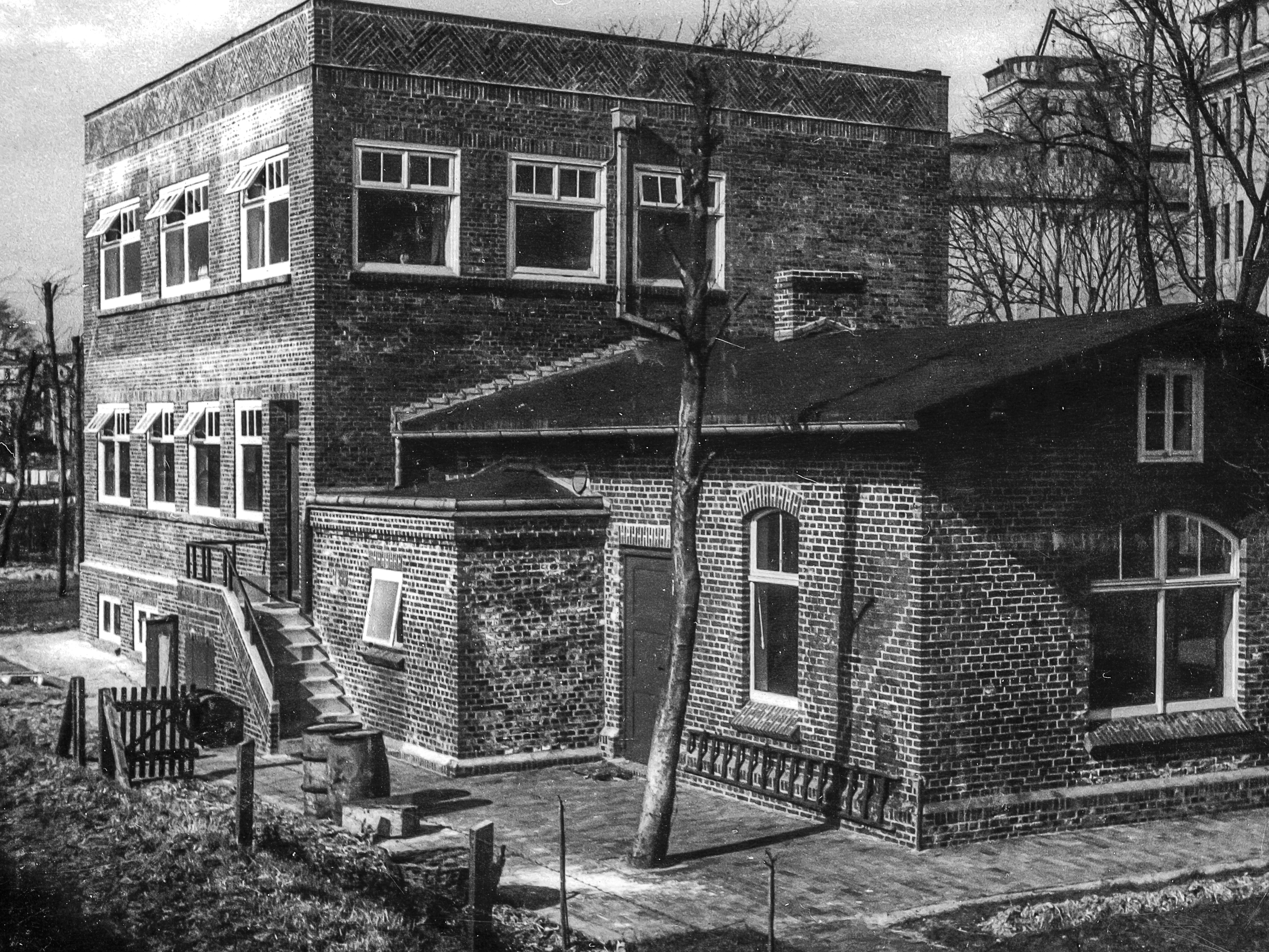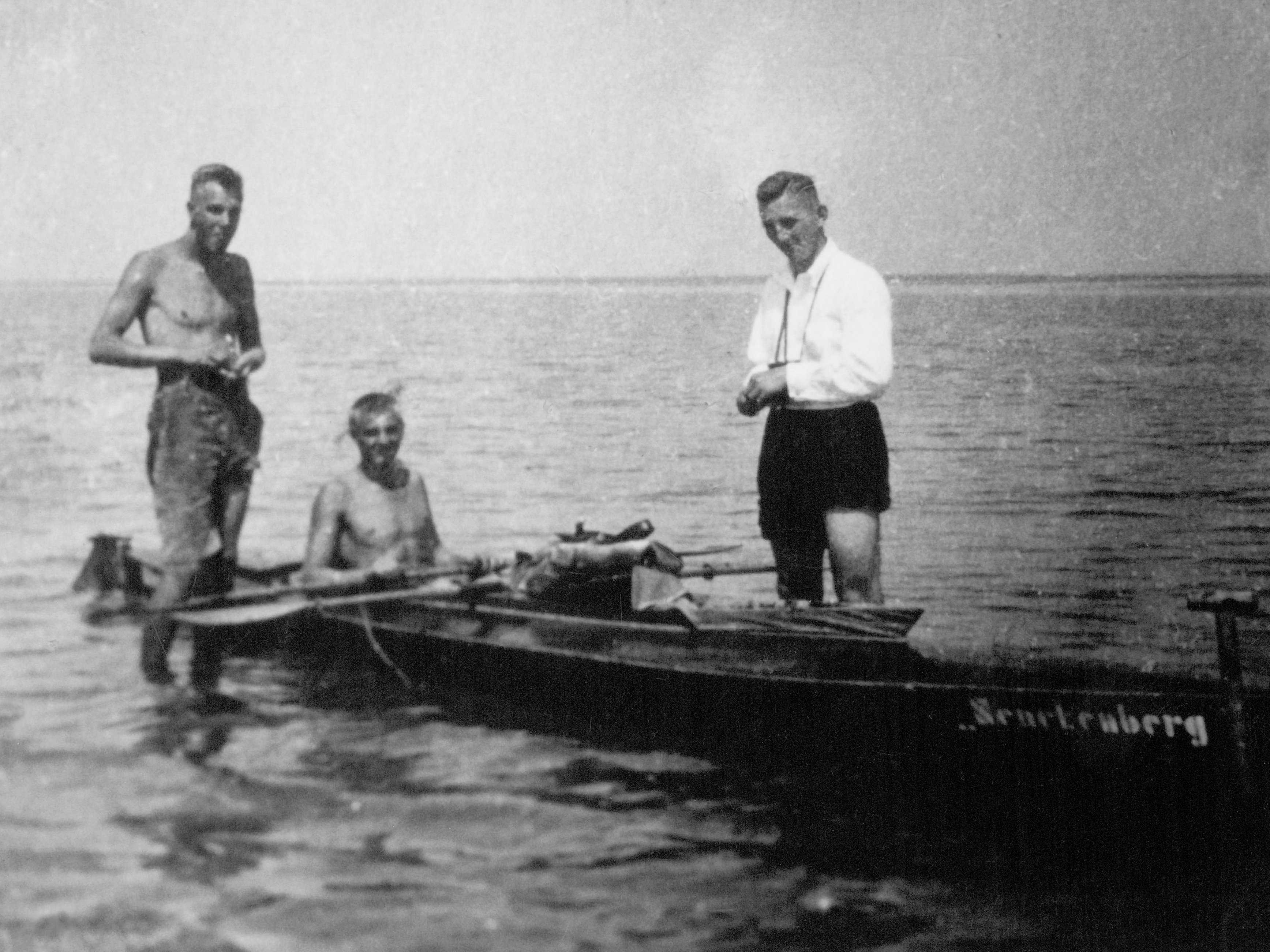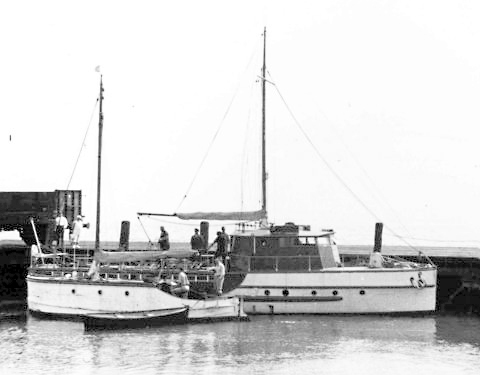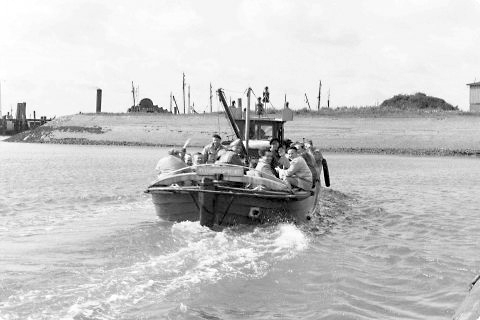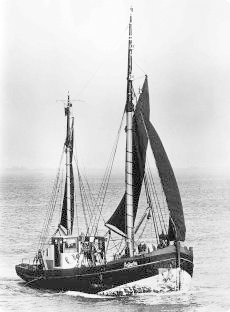After Wilhelm Schäfer left for Frankfurt, Hans-Erich Reineck took over the management of Senckenberg am Meer. Gotthard Richter headed the Section for Marine Zoology from 1961 to 1963. Reineck’s time saw the greatest expansion in both staff and buildings. This expansion was made financially feasible by the economic upswing in the Federal Republic of Germany, but it was made possible first and foremost by a convincing and concise scientific programme. Whereas the focus had previously been on actuopalaeontology, especially in the sense of transferring auto-ecological observations into the past, the emphasis now shifted to the study of entire facies areas. The main interest was in the beach, foreshore and shelf mud, i.e. the deeper water. The description of a depositional and habitat area requires an interdisciplinary team. This was initially established with the help of the German Research Foundation. In 1968, 1969 and 1970, the 4 scientists involved were appointed to permanent positions: Günther Hertweck (marine palaeontologist), Jürgen Dörjes (marine biologist), Sybille Gadow (sediment petrographist) and Friedrich Wunderlich (marine geologist). In addition, there were technical staff. As early as 1966, a large extension building had been erected with funds from the Volkswagenwerk Foundation, which was topped up in 1972 with funds from the Federal Ministry of Education and Science. The scientific output of this phase is particularly characterised by teamwork carried out in the North Sea as well as in the Mediterranean (Italy, Spain) and overseas (North America, Taiwan). The offshore work in the North Sea was greatly supported by the construction of the new research cutter “Senckenberg” in 1976. Since then, Frankfurt’s involvement in North Sea biology has also increased strongly again.
With Burghard W. Flemming as head of Senckenberg am Meer in 1984, a focus was placed on the quantification of depositional processes recorded over large areas. The tradition of coherent processing of marine areas was thus taken up and considerably refined. This phase also includes similar investigations in marine palaeontology and sedimentary petrography, which also take place within the framework of larger projects and lead to large-scale results. Overall, the focus was also on research into large- and small-scale dynamics. In marine biology, this concerns time series studies to quantify environmental trends and the dependence of benthic communities, which used to be considered rather static, on environmental parameters such as sediment and nutrient input. This large-scale dynamic aspect has been characteristic of the research of all units of the Wilhelmshaven Institute ever since.

